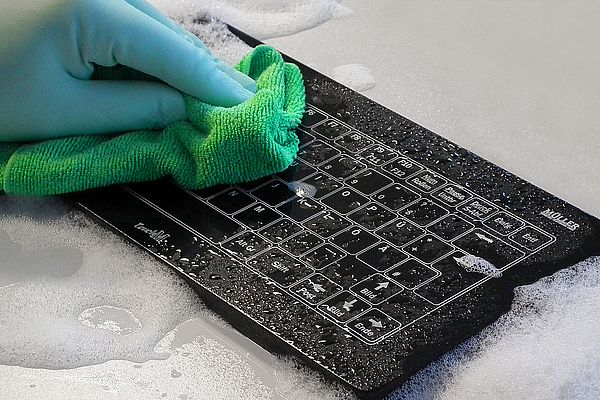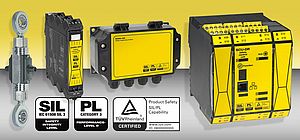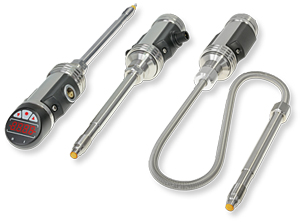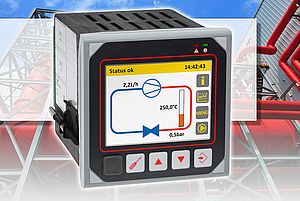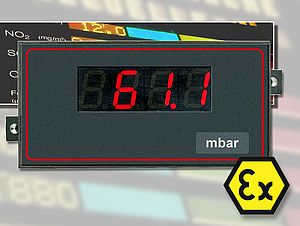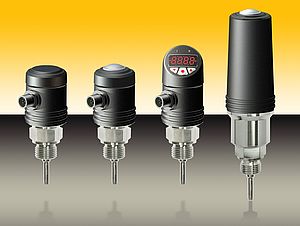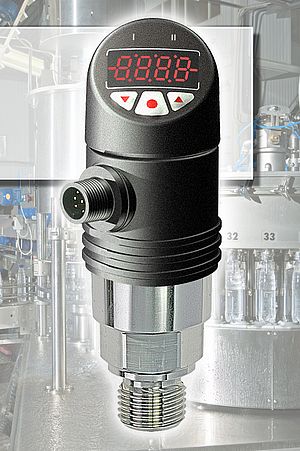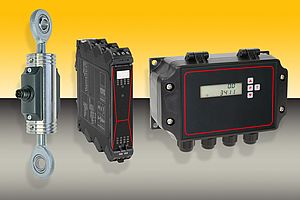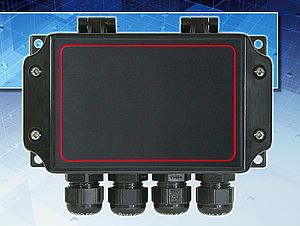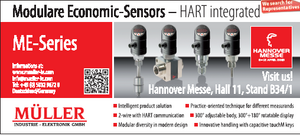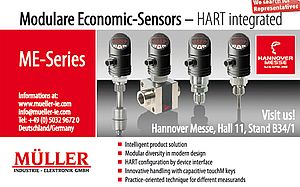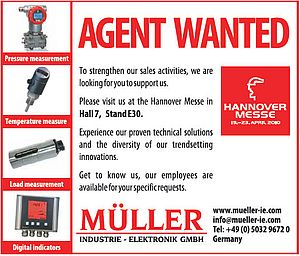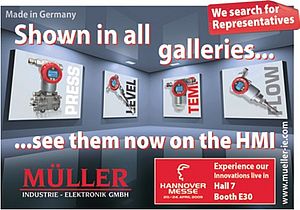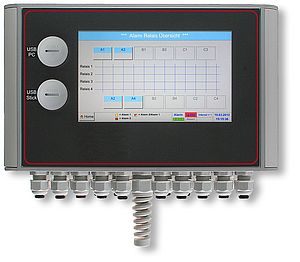In food industry, legal requirements force easily to clean industrial devices, since two years, the EG machinery directive applies for the pharmaceutical production. Construction in Hygienic Design has an important impact in respect of cost and environment aspects, especially in chemical industry. Especially the new keyboard is applicable in hospital areas such as sensitive operating rooms, lab areas or fields of research because of its capability of resistance against contamination and its very good cleanability with disinfectants.
Müller Industrie-Elektronik developed industrial keyboards with capacitive sensing technology in Hygienic Design for hygienic controlling and data input to meet the demands of high hygienic standards within process- and manufacturing industry and for the application in harsh industrial surroundings. The capacitive touchM sensing technology is the basis for the encapsulated keyboard surface, consisting of dirty-repellent LG HI-MACS acrylic stone. This acrylic stone is effectually tested at Müller Industrie-Elektronik in different touchM-control devices. The material HI-MACS has been approved for the LGA seal "hygiene tested". NSF standards are generally accepted norms for a variety of public health related industries and fields. These include drinking water treatment and contact with materials, food equipment manufacturing etc. NSF recognises that HI-MACS complies with NSF norms. The industrial keyboards made of this material feature with an contamination resistant and hermetic close surface, cleanable with aggressive disinfectants. Customized requirements in respect of design, usability and construction have top priority. OEM-versions made of materials such as glass, mineral glass and solid wood are likely to follow.
Capacitive control element completely protected
The capacitive touchM sensing technology is the basis for the encapsulated keyboard surface. The keyboard is made up of a conductor plate connected via conductive paths with diverse sensor-elements and the evaluation electronics. The assembly and the quantity of the sensors define the position of key fields and offer a certain flexibility concerning input option. After connection of the capacitive keyboard with a computer, the sensors trigger an electrical field. If a finger is modifying this field, there inevitably is a change in capacity. This change of the electrical field is the basis to generate and trigger a signal and to transmit it to the evaluation electronics. Compared to conventional switch-keys, the capacitive ones are absolute non-expendable.
It is possible to adjust the sensitivity of switch-keys on customers demands such as good usability with protective gloves. As an option, input fields can be realized with a tactile, acoustic or optic feedback signal.
Diverse mounting options
The industrial keyboards are Windows compatible and fitted up with USB- and PS/2-connection as a standard. Different layouts from desk version to front panel version for the integration into 19-inch-racks up to diverse mounting types are available. The application of these layouts offers a high flexibility, because via USB- or PS/2-interface the keyboard can be connected mobile to other systems. As an assembly mounting type with plug connectors, there is a front panel version for the integration in 19-inch-racks or panel-mounting available, possible for frontal or rearward mounting.
All types of the industrial keyboard series are completely closed, maintain protection class IP67 and are working reliably in temperature range from -10 °C up to +50 °C.


